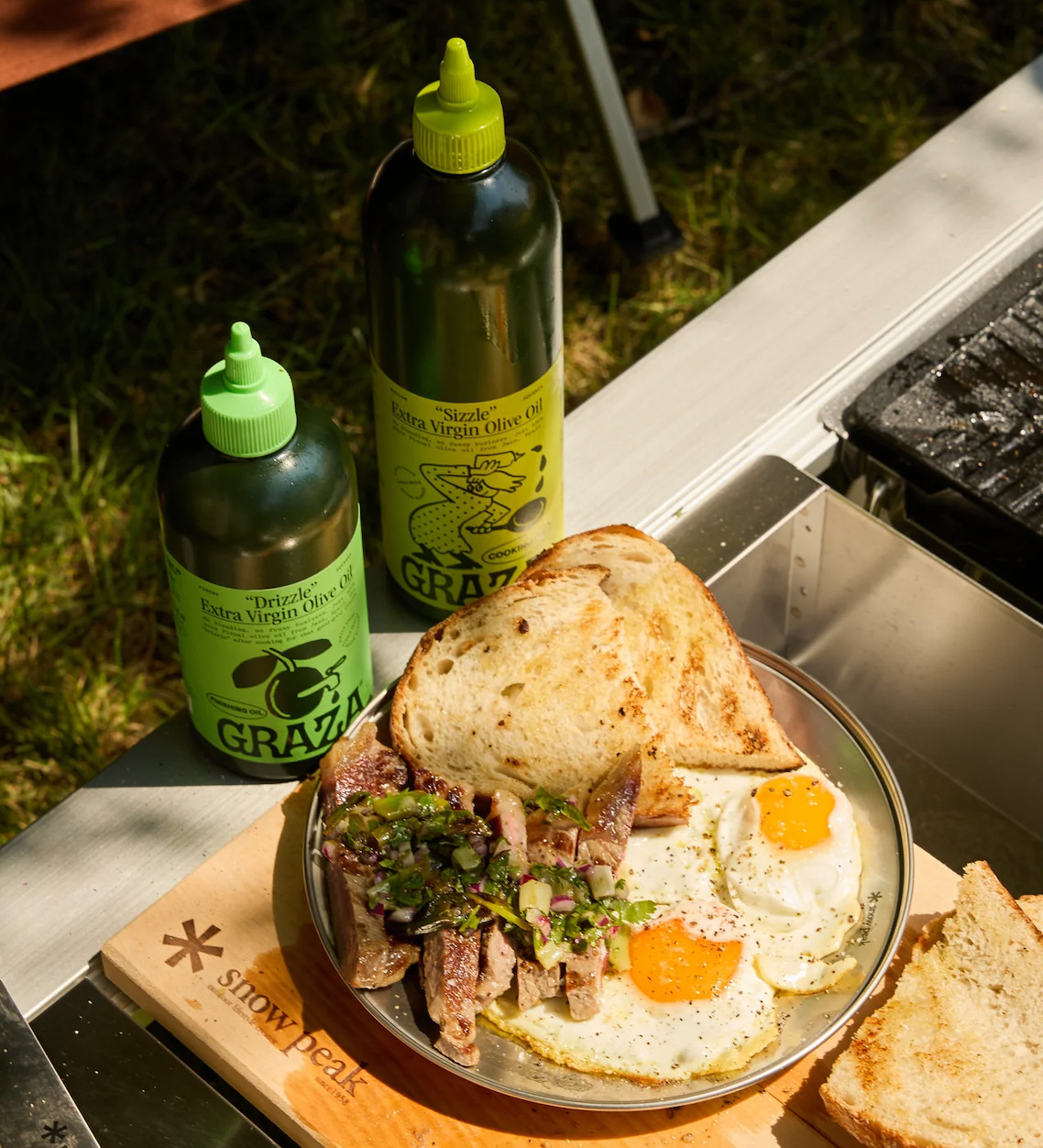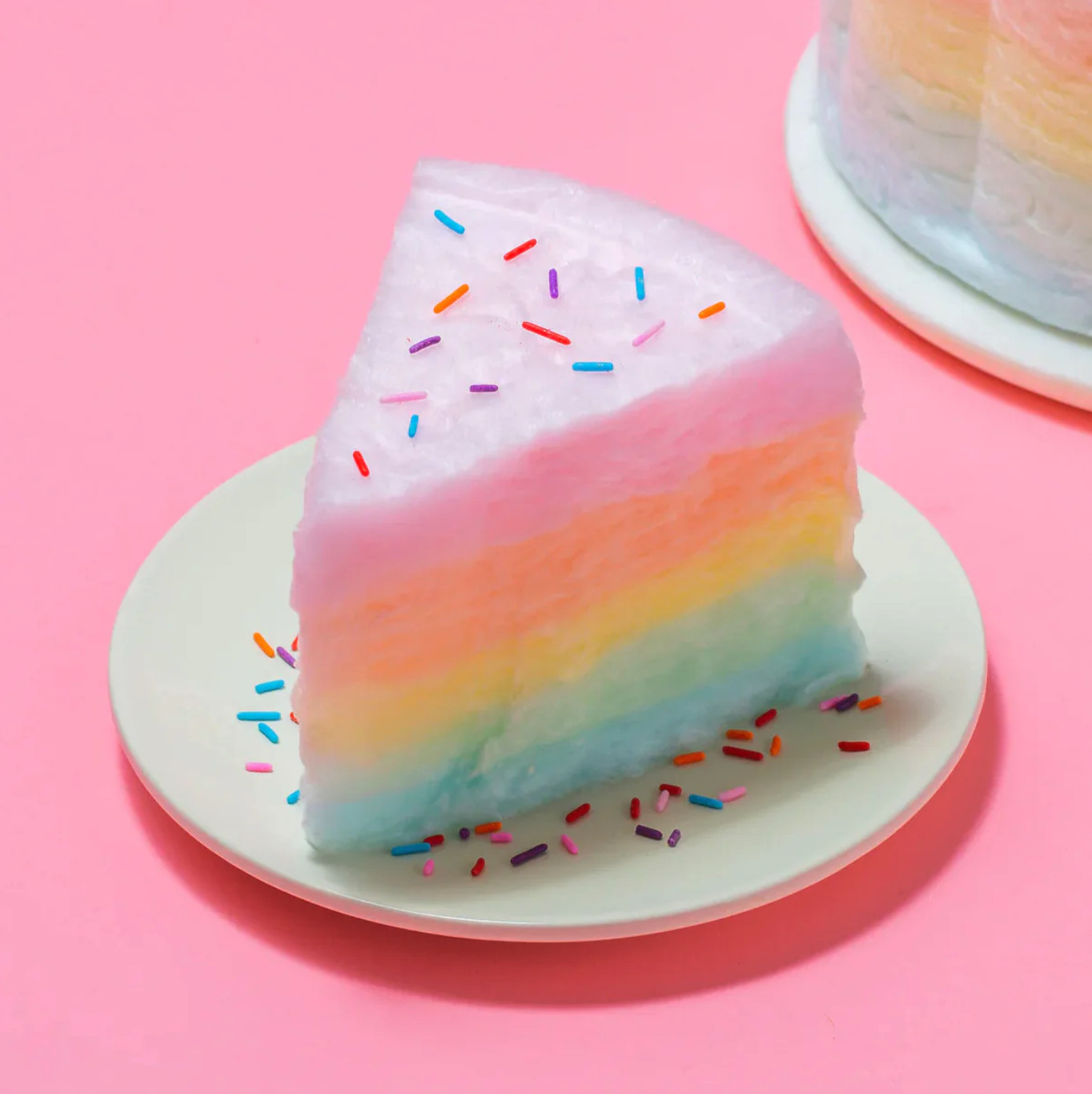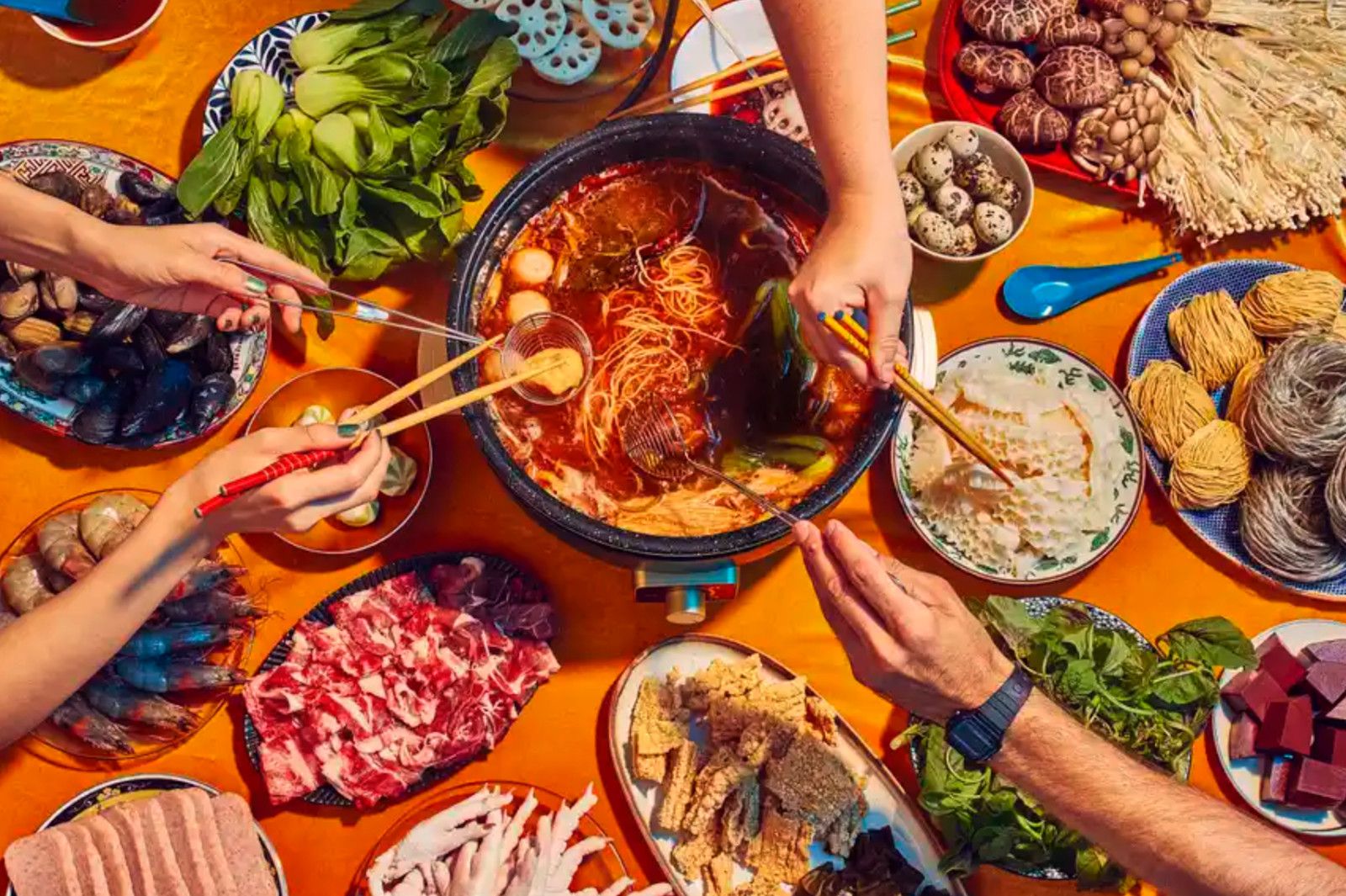Food photography has a rich history, dating back to the very beginnings of photography itself. Early photographic pioneers captured still lifes of fruits like pineapples and peaches. In the 20th century, the popularity of food magazines, cookbooks, and eventually food blogs, led to an explosion of images showcasing delectable dishes.
Today, captivating visuals of food are crucial for ecommerce businesses. They play a vital role in brand building and driving sales. Imagine a tempting image of rosemary focaccia perfectly complementing a bottle of olive oil, or a vibrant bowl of Sichuan noodles enhancing the allure of a chili crisp condiment.
But what exactly goes into capturing mouth-watering food photos? While professional equipment like a DSLR or mirrorless camera can be beneficial, it’s not strictly necessary. Whether you’re a marketer, entrepreneur, small business owner, or simply a food enthusiast, mastering a few fundamental photography principles will empower you to take captivating food photos.
Essential Steps for Stunning Food Photography
Taking exceptional food photos is more than just pointing and shooting. Whether you’re using a smartphone for quick snaps or a high-end camera, these core principles are key to achieving professional-looking results:
1. Background Selection: Setting the Scene
Choosing the right background is crucial to direct focus onto your food. A seamless paper backdrop can isolate the subject, making it the sole focus. Alternatively, incorporating tableware, linens, and carefully chosen props can enrich your brand narrative and provide context for your edible products, especially for new customers.
 Ghia's white background emphasizes the vibrant red of their apéritif.
Ghia's white background emphasizes the vibrant red of their apéritif.
For instance, Ghia, a non-alcoholic apéritif brand, opted for a clean white background to showcase their product in a stemless glass. Melanie Masarin, the founder, explained on the Shopify Masters podcast, “We wanted to use a glass that conveyed both luxury and approachability.” This highlights how background choice can contribute to brand messaging.
2. Mastering Light: Illuminating Your Food
Light is paramount in food photography. It accentuates textures, establishes mood, and eliminates distracting shadows. Soft light provides even illumination, while hard light creates dramatic shadows. To minimize shadows, utilize a large, soft light source like a window with diffused light or a softbox. Outdoor natural light is also an excellent option.
 Graza's steak and eggs photo uses natural side lighting to enhance texture and visual appeal.
Graza's steak and eggs photo uses natural side lighting to enhance texture and visual appeal.
Consider Graza’s photo of steak and eggs with chimichurri. They effectively used natural side lighting to highlight the textures and appetizing presentation of the dish. Different lighting directions serve different purposes. Top lighting is ideal for overhead shots of plates or tablescapes, front lighting is effective for social media, and side lighting adds depth and drama to individual ingredients or products.
3. Composition Techniques: Framing Your Food
Overcrowding your frame can distract from the food itself. While centering the dish might seem intuitive, it’s not always the most visually engaging approach. Embrace the rule of thirds by mentally dividing your frame into a 3×3 grid. Position your main subject along these grid lines or at their intersections to naturally draw the viewer’s eye.
 Floof's side-angle cotton candy cake shot emphasizes its colorful and layered texture.
Floof's side-angle cotton candy cake shot emphasizes its colorful and layered texture.
Different angles enhance different dishes. Discover the most flattering angle for your food. For example, a side shot of Floof Cotton Candy cake beautifully showcases its vibrant, layered construction, adding dimension to the image.
4. Camera Stabilization: Ensuring Sharpness
A stable camera is essential for sharp, clear food photos. Camera shake can lead to blurry images, especially when capturing textures like powdered sugar on tea cakes or the crispy crust of fried tofu. Use a tripod or camera stand to eliminate movement. For precise adjustments, consider a tripod with a geared head like the Manfrotto 405. A camera stand offers versatility for vertical and horizontal movements, facilitating various angles.
 Fly by Jing's overhead shot of hot pot ingredients showcases color and texture.
Fly by Jing's overhead shot of hot pot ingredients showcases color and texture.
Fly by Jing uses an overhead shot to highlight the diverse colors and textures of ingredients in their hot pot promotion. Food photographers often utilize overhead rigs or boom arms to achieve stable overhead shots like this.
5 Pro Food Photography Tips to Elevate Your Shots
While large brands often have dedicated teams, small business owners and individual creators often handle all aspects of food photography themselves. Here are five expert tips to enhance your food photography skills:
1. Lens Experimentation: Expanding Your Perspective
Different lenses dramatically alter the image’s look. Macro lenses, with their longer focal length and higher magnification, are ideal for close-up shots. They excel at highlighting intricate details, like specific ingredients or textures.
Probe lenses, such as the Laowa 24mm f/14 2x macro probe, offer unique perspectives with their long, slender barrels. They can capture shots from otherwise impossible angles, like passing through the center of a donut.
2. Light Filters and Modifiers: Shaping Light Creatively
Soften harsh light by introducing diffusion between the light source and your subject. Professional diffusers like LEE Filters’ Opal Frost are excellent, but even a simple bedsheet can work effectively as a makeshift diffuser.
For creative effects, a North Star filter adds streaks of light from point sources, creating dazzling highlights on glassware or candles. Light modifiers like nets and flags can selectively reduce or shape light, adding further control.
3. Focus Stacking: Achieving Pin-Sharp Detail
Focus stacking combines multiple images with different focal points into a single, incredibly detailed composite. This technique is particularly valuable in macro food photography where achieving complete focus in a single shot can be challenging.
Professional cameras with large sensors and shallow depth of field excel at focus stacking. Smartphone users can utilize focus stacking apps like FocusStacker on iOS to achieve similar results.
4. Color Accuracy with a Color Checker
Appetizing colors are paramount in food photography. A color checker, such as the X-Rite ColorChecker Passport, is a valuable tool for ensuring color accuracy. It features precisely calibrated color squares that, when included in a photo, allow for accurate color correction during editing.
X-Rite provides plugins for Capture One and Adobe Lightroom that analyze the color patches, helping you calibrate your camera for faithful color representation and ensuring your food looks as vibrant as it does in real life.
5. Image Monitoring: Real-Time Review
Connect your camera to a computer via USB for a larger preview screen during your photoshoot. Software like Adobe Lightroom and Capture One offers tethered shooting support for major camera brands. This allows for immediate image review on a larger screen, enabling you to identify and correct issues in real-time. Images are also directly transferred to your computer, streamlining workflow and saving memory card space.
Optimal Camera Settings for Food Photography
Manual mode provides consistent results by giving you control over aperture, shutter speed, ISO, and white balance. If you’re using a smartphone, apps like Halide can offer similar manual controls.
Aperture
Aperture controls the amount of light entering the lens, impacting both exposure and depth of field. A wider aperture (lower f-stop number like f/2.8) lets in more light and creates a shallow depth of field, blurring the background. A narrower aperture (higher f-stop like f/22) reduces light and increases depth of field, keeping more of the image in focus.
While stopping down (increasing f-stop) increases sharpness, going too far can reduce overall sharpness due to diffraction. For food photography with a full-frame DSLR, an aperture around f/11 often provides the best balance of sharpness and depth of field, ensuring both foreground and background are reasonably sharp while maintaining detail.
Shutter Speed
Shutter speed dictates how long the camera sensor is exposed to light. Slower shutter speeds (e.g., 1/15th of a second) allow more light but can introduce motion blur. Faster shutter speeds (e.g., 1/1,000th of a second) freeze motion, ideal for action shots like pouring liquids.
When using natural light, you may need slower shutter speeds. When using flash, consult your camera’s manual for the flash sync speed (often around 1/200 second). Using faster shutter speeds with flash minimizes ambient light, maximizing your control over flash illumination.
ISO
ISO controls the camera sensor’s sensitivity to light. Lower ISO values (e.g., 100) are less sensitive, producing less noise and are ideal for bright conditions or flash photography. Higher ISO values (e.g., 3,200) are more sensitive but introduce noise (grainy artifacts).
For optimal food photography, use the lowest ISO possible for your lighting conditions. Your camera’s native ISO (often 100-200) usually delivers the best image quality.
White Balance
White balance corrects for color casts from different light sources. Different light sources have varying color temperatures, measured in Kelvin (K). Incandescent bulbs are warm (around 2,700K), while daylight on a cloudy day is cooler (around 6,000K). Adjust your white balance settings to match your light source for accurate colors.
Avoid mixing warm and cool light sources as it complicates color correction in post-processing. If using daylight or flash, turn off artificial lights to maintain consistent white balance.
Further Exploration
Read more for additional photography tips and techniques.
Frequently Asked Questions: How to Take Food Photos
How do you take good pictures of food?
The key to good food photos lies in three steps: aesthetic plating and food styling, utilizing beautiful natural light, and ensuring camera stability with a tripod.
How do you take food pictures without shadows?
Minimize shadows by avoiding direct sunlight and positioning a large, soft light source close to your food subject. Shooting in shade outdoors or near a softly lit window yields the best shadow-free results.
What camera settings should I use for food photography?
For food photography, use a low ISO to minimize noise and a mid-range aperture like f/11 for good depth of field and sharpness. Adjust shutter speed based on your lighting conditions. Shoot in RAW format for maximum editing flexibility.